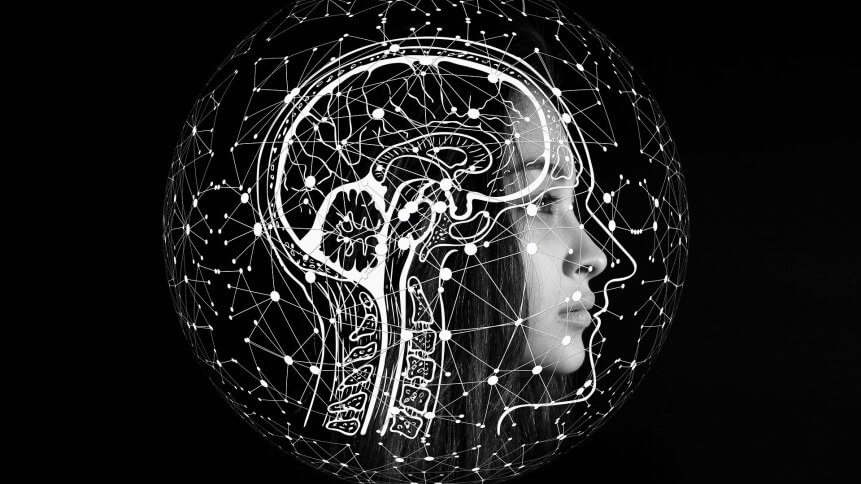How advanced AI language tools could change the workplace

- Advanced language-based AI tools can generate human-like text on demand, and a lot more
- Cloud-based AI language tools could change the way we interact with and leverage technology and data
Within the last decade, some of the most notable breakthroughs in artificial intelligence (AI) have come in the form of computer vision. Essentially giving robotics systems ‘eyesight’, in the ability to identify and classify objects using image or video recognition, the technology has been put to use in anything from facial recognition systems and quality control in manufacturing to anomalies in MRI scans and self-driving vehicle systems.
And while computer vision applications are still comparatively nascent, the ‘breakthrough’ AI applications of the decade ahead might well come in the form of advances in language-based applications.
AI research and deployment company OpenAI developed the largest language model ever created this year, GPT-3. The software can generate human-like text on demand and is set to be turned into a commercial product later this year, as a paid-for subscription via the cloud for businesses. It represents a leap forward from previous language processing models that used hand-coded rules, statistical techniques, and increasingly artificial neural networks — which can learn from raw data, with less reliance on data labelling — to perform language processing.
Generative pre-trained transformers (GPTs), on the other hand, delve deeper by relying upon an attention mechanism that learns contextual relationships between words and text, known as a transformer. Researchers using an early version of GPT-3 were able to induce it to produce short stories, songs, press releases, technical manuals, text in the style of particular writers, guitar tabs, and even computer code.
Deeper capabilities
GPT-3 isn’t the only software of its kind en route; it joins Microsoft, Google, Facebook, and Alibaba which are working in the field themselves among smaller startups, all eyeing significant opportunities in advanced cloud-based AI language software in the enterprise.
According to Harvard Business Review, GPT-3 has already been used to create a convincing blog post on the subject of bitcoin. Used this way in the enterprise, resource-intensive content marketing, email marketing, and copywriting could be augmented, with tools able to draft content based on inputted keywords and topics.
GPT-3 could also have implications on the move towards low-code web design and software development with systems that are able to translate human language input into code. A human could tell a system to create a landing page, adhering to a certain design style and functionality, and the GPT system can write the code required. With access to business data, programs could create infographics and visuals on verbal command, or automatically based on the content of the discussion, taking the legwork out of creating presentations or auto-plotting visualizations throughout a board meeting.
YOU MIGHT LIKE

AI diagnoses Alzheimer’s with more than 95% accuracy
With access to vast troves of data, the GPT has the potential to pull insights at request or answer questions. As reported by HBR, a GPT-3 bot was able to take a description of a 10-year-old boy’s set of respiratory symptoms, an obstructive disease he had, and the medication he was taking. Asked what protein receptor the medication was likely to act on, the program correctly identified it and explained that the boy had asthma and that it is typically treated with bronchodilators that act on that receptor.
The advancement of AI language tools not only propel progress with automation technology but its ability to augment and amplify work and creativity from humans means companies will soon need to rethink IT resources, as well as human resources. Communications professionals with routine work tasks, for example, can take advantage of automated text generation, while ad copy and social media messages can be augmented to help develop lines of critical thought. Elsewhere, company scientists could use advanced AI tools to generate graphs to inform product development pipelines.
Ultimately, advanced, cloud-ready GPT could unlock new ways for us to interact with and leverage the vast and increasing amounts of data at our disposal.









